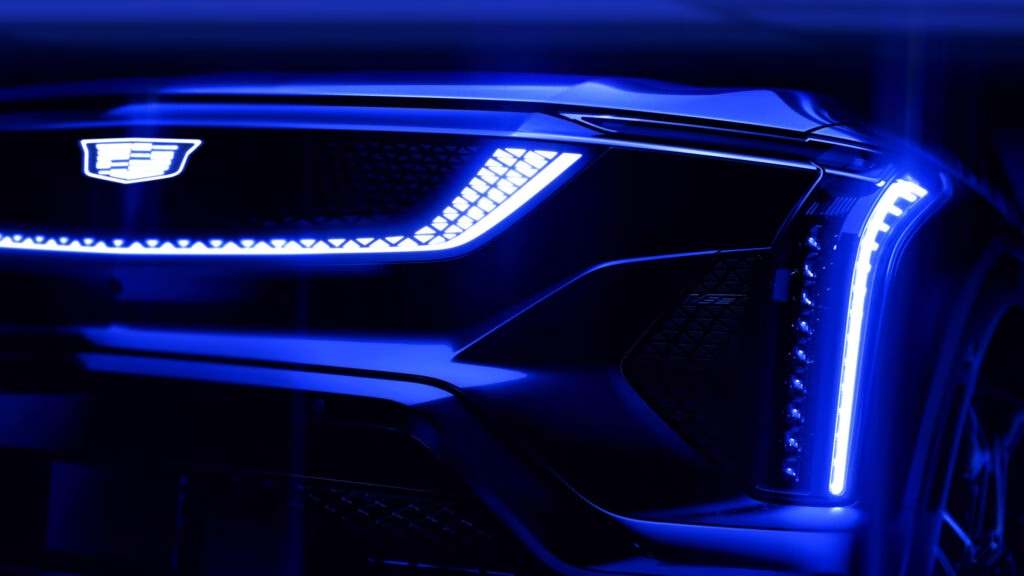Why Is GM Slowing Down EV Production After Record Sales?
GM’s decision to hit the brakes on electric vehicle (EV) production might seem odd, especially after just notching its best-ever month for EV sales. So, what’s really going on behind the scenes? The answer is a cocktail of shifting government policies, changing consumer incentives, and the realities of the auto market in 2025.
How Do Recent Policy Changes Affect GM’s EV Plans?
The big shakeup comes from Washington. The Trump administration recently rolled back the federal EV tax credit and scrapped penalties for automakers who miss fuel efficiency targets. That $7,500 tax credit? Gone at the end of this month. For buyers, that’s a significant chunk of change—enough to sway a purchase decision. For automakers, it means the math on EV production just got trickier.
Without those incentives, the business case for ramping up EVs isn’t as strong. GM, like other legacy automakers, is now recalibrating. They’re not abandoning electric cars, but they’re definitely easing off the accelerator. The Spring Hill, Tennessee plant—home to the Cadillac Lyriq and Vistiq—will pause production in December and operate on a single shift, resulting in temporary layoffs. The Kansas City plant, which was supposed to add a second shift for the next-gen Chevrolet Bolt, is also holding off. The ripple effect? Fewer EVs rolling off the line, at least for now.
What’s Happening at GM’s Key Factories?
Let’s break it down. The Spring Hill facility will see a production pause for the Lyriq and Vistiq starting in December 2025, with output staying low well into 2026. This isn’t just a minor tweak—it means one of two shifts will be cut, and some workers will be temporarily laid off. Over in Kansas City, the much-anticipated second shift for the new Bolt is on indefinite hold. While Bolt production will still start as planned, GM is clearly hedging its bets, waiting to see how the market shakes out post-incentive.
Is This a Sign of Weak EV Demand?
Not exactly. In August, GM sold a record 21,000 electric vehicles. That’s no small feat. But here’s the catch: a lot of that momentum was fueled by buyers rushing to snag the last of the federal tax credits. With those incentives gone, GM expects demand to cool off. The company has been upfront about this, stating that the production cuts are less about current demand and more about anticipating a slower pace of industry-wide EV growth.
It’s a cautious move, not a retreat. GM’s North America chief, Duncan Aldred, put it plainly: the company’s strong lineup of internal combustion engine (ICE) vehicles gives them flexibility that pure EV makers don’t have. In other words, GM can pivot between gas and electric models as the market demands.
How Are Workers and Local Economies Impacted?
Temporary layoffs are never easy news for workers or their communities. The Spring Hill plant is a major employer in Tennessee, and a shift reduction means real families feel the pinch. The Kansas City delay, while not resulting in immediate layoffs, does put a damper on local hiring plans. It’s a reminder that auto industry decisions ripple far beyond the factory floor, affecting suppliers, local businesses, and regional economies.
What Does This Mean for the Future of GM’s Electric Lineup?
Despite the slowdown, GM isn’t ditching its EV ambitions. The company is still launching the next-gen Bolt and has a pipeline of electric Cadillacs and Chevrolets in the works. The strategy now is to match production more closely to real-world demand, rather than betting on incentives that may not return anytime soon.
Industry analysts see this as a sign of growing pains, not a death knell. According to data from the International Energy Agency, global EV sales are still projected to rise in the coming years, but the pace will vary by region and policy environment. GM’s approach—balancing EV and ICE production—could actually give it a leg up as the market finds its footing.
What Should Buyers and Investors Watch For Next?
If you’re in the market for a new EV, keep an eye on dealer incentives and inventory levels. With fewer federal perks, automakers may roll out their own discounts to keep sales humming. For investors, the key is flexibility. Companies that can adapt quickly to policy swings and shifting consumer tastes will be best positioned for long-term success.
The big takeaway? Navigating the EV transition isn’t about perfection—it’s about smarter adjustments. Start with one change this week, and you’ll likely spot the difference by month’s end.

